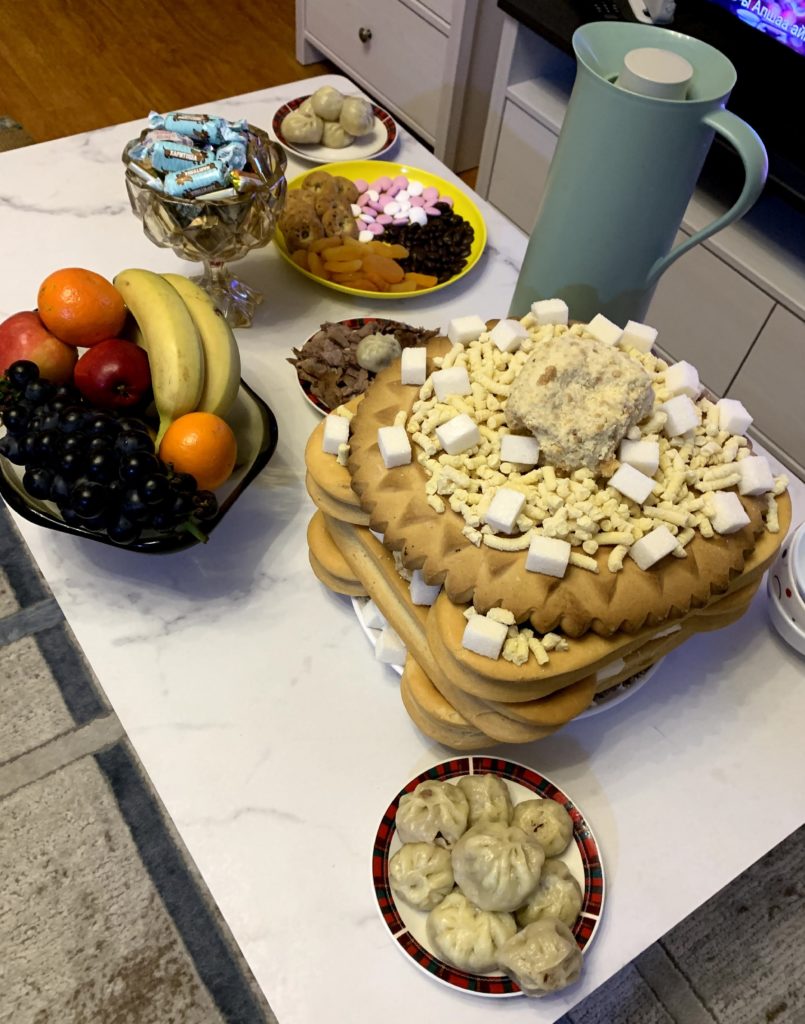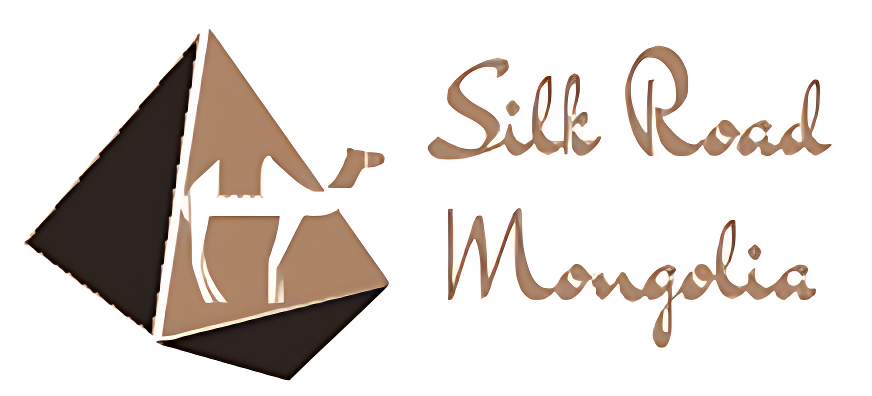Blog
Things you should know about Tsagaan Sar
Mongolians celebrate New Year twice a year like other Asian countries. One is a new year as a Gregorian calendar while the other is by a lunar calendar.
Is Mongolian Lunar new year the same as Chinese?
Unlike China and Korea, we celebrate the Lunar New Year or Tsagaan Sar in Mongolia for getting over the winter healthily and finally meeting spring and warm weather. That’s why it’s celebrated on the first day of spring by the lunar calendar which is around January and February. The date changes almost every year due to the solar-lunar calendar but it’s always around mid-winter.
The religious belief about Tsagaan Sar
In the early days, the harsh weather and the way of herding life in a vast land used to keep families and friends far apart, Tsagaan Sar was the holiday where you meet and greet with all of your relatives, see what kind of year they’ve had and give help for those who had a tough year. The main idea is still the same nowadays, except that people started meeting each other much more often.
Tsagaan Sar is traditionally celebrated for three days even though some might carry it out for as long as two weeks. The preparation of the Tsagaan Sar begins as early as a month ahead of the actual celebration.
The preparation of the Tsagaan Sar
It’s an important holiday for the elders so they try to make every single preparation as perfect as possible since they believe that how you’ve celebrated Tsagaan Sar will predict what kind of year you’re going to have.
Food and dishes

The preparation starts with the main dish of the Tsagaan Sar- ‘Buuz’. It’s basically a dumpling with meat that can be prepared and be frozen until it’s time for eating. Since most of the Mongolians have large families and celebrations run on for three days, it’s common for families to prepare 1000-2000 dumplings.
Buuz
Making of the dumpling is a big event itself, relatives gather together to make dumplings and usually do the work overnight. That’s when the kids get to know each other better and adults have fun while making buuz. The other preparations include collecting little presents for the guests, making ‘Ul Boov’ for some or buying for others and so on.
Last preparations are made during the ‘Bituun’. It’s really similar to New Year’s Eve when families gather together to have fun while eating lots of food and playing various games with anklebones. ‘Bituun’ means full or packed regarding the new moon.
The day of the Bituun
The day of the Bituun is usually spent by doing major cleaning in the house since Mongolians believe that New Year should always start fresh and clean. After hours is where the fun begins.
Relatives gather together in one of their houses and eat the buuz that took them hours to make along with ‘niislel salad’ which is basically a potato salad that has penetrated to our culture from Russia. On this day, it’s important that one should have clean and nice clothes with no rips, a clean mind, and a full stomach. The goal of this day is to have fun.
Rituals during the Tsagaan Sar
There are also several rituals Mongolians make, varying in some degree depending on where they live- to make ‘Khuushuur’ which is a fried dumpling to create a smoke that is believed to cast away the evil spirit, to put three pieces of ice in the window in order to give water to the Lhama- a god that circles the earth three times at night of the Bituun, and put dishes for the god.
Shiniin negen- The first day of Lunar New Year
The second day, ‘Shiniin negen’ is the day where the real celebration begins. Before the sun rises, people go to the oldest elder to pay respect and greet. The morning of the Lunar New Year is considered to be the most important day of the year for Mongolians.
To be happy and lucky in the next year, Mongolians try to be nice to others, avoid any sinful acts, wear their best clothes, and clean both body and mind. Wearing a traditional costume, deel, is common on this day. Before the new year begins, you have to end every argument that you’re included.
You have to give back the things you borrowed. You have to apologize if you hurt someone. If you walk to the next year before doing these things, it’ll bring you bad luck. We say, if you do a good thing on this day, it’ll multiply its outcome by a thousand times.
Also one superstition most of the Mongolians believe is that you can’t throw trash on a new year’s day, since the garbage will take off from the happiness of the family.
However, you need to realize that most of those superstitious rituals are made by only some of the Mongolians even though it’s a major group. There are people who don’t believe in the taking out the garbage story or people who believe that you can’t lend money to someone on this day.
The new year day begins when the head of the family goes out to do the ritual walking for the good luck of the year before the sun rises. When he comes back home, his wife should prepare hot milk tea and serve it to her husband, then to the rest of the family.
At that time wife prays to god for the wellbeing of the family. After drinking the tea, the family visits the home of the husband’s parents. On the Lunar New Year day families gather at the home of the oldest as a whole big family. It’s a day for Mongolians to meet the people who haven’t been in touch for a long time, to forgive each other, and to get to know their relatives (which helps us from inbreeding).
With the sunrise, we begin the traditional greeting called “zolgolt”. It is a greeting where we give our energy to the elders to help them get through another year.
The greeting includes “Khadag” if the person who you’re greeting is extremely important and precious for you. The oldest son starts the greeting, first with his father, then with his mother. Husband and wife don’t greet each other since they are considered to be one whole person.
After everybody greets each other we seat at a big table full of traditional dishes. The Lunar New Year resembles the beginning of the spring, the feast after the cold and difficult winter. On this day, everybody should be happy, cheerful and full.
The main dish of the Lunar New Year is “Buuz”, which is a steamed dumpling. When we leave the family, the hostess gives each visitor a little gift. The gift can be anything, but the most common gifts are socks, cash, and candy.
Average Mongolian visits 3-5 families on the first day of the lunar new year. The second and third day is when the ‘Zolgolt’ continues, usually to the countryside or families who live further.
So basically, the idea of the lunar new year or Tsagaan Sar is to celebrate the beginning of a new year, keep in touch with relatives and forget any grudges held against each other.
What to do during a Tsagaan Sar as a foreigner
It might be a bit challenging for a foreigner to find an activity to do during a Tsagaan Sar since it’s a large family holiday and most of the service companies are closed during that time.
However, there is an emerging number of youth start-ups that have spotted the problem and coming up with solutions such as ‘Tsagaan Sar after party’ by UB Passport, ‘Zolgolt’ by GreenZone, and so on. So even if you don’t know anybody who might let you visit them or a single foreigner, you can still have some fun during these holidays with a little research.
